The iPhone XS & XS Max Review: Unveiling the Silicon Secrets
by Andrei Frumusanu on October 5, 2018 8:00 AM EST- Posted in
- Mobile
- Apple
- Smartphones
- iPhone XS
- iPhone XS Max
Camera - Daylight - More HDR & Portrait
I wanted to have a second page of daylight photos because I wanted to spend a bit more time and have a tad more varied scenes for to test Apple’s SmartHDR – please enjoy.
[ iPhone XS ] - [ iPhone X ] - [ iPhone 7 ] - [ iPhone 6S ]
[ Galaxy Note9 ] - [ Galaxy S9+ ] - [ Galaxy S8 ]
[ LG G7 ] - [ LG G6 ] - [ LG V30 ] - [ OnePlus 6 ]
[ Mi MIX2S ] - [ Pixel 2XL ] - [ P20 Pro ]
This tunnel was a fun little test – the other end was sunlit while obviously quite dark from my side. I thought this would be a good little visual representation of the raw dynamic ranges that the phones would be able to capture.
Indeed, the iPhone XS is able to go a lot further into the end of the tunnel than the iPhone X, or for that matter, most other phones. This is an extreme show-case of Apple’s new HDR processing and how it’s able to play with bright highlights in scenes.
[ iPhone XS ] - [ iPhone X ] - [ iPhone 7 ] - [ iPhone 6S ]
[ Galaxy Note9 ] - [ Galaxy S9+ ] - [ Galaxy S8 ]
[ LG G7 ] - [ LG G6 ] - [ LG V30 ] - [ OnePlus 6 ]
[ Mi MIX2S ] - [ Pixel 2XL ] - [ P20 Pro ]
One scenario that Apple showcased during the keynote was a shot directly facing the sun. I’ve had users in previous reviews bombard me with comments as to that’s not how you should take a photo. To them I say: that’s an outdated notion of photography.
As computational photography becomes an ever increasingly common theme in devices, we’ll see more and more scenes like this one where shooting against the sun should be no issue at all.
The iPhone XS dramatically improves the shadow detail, and is able to notably reduce the sun’s halo in this shot, but I do think Apple might have overpromised a bit on the notion of computational photography. The best counter-example of this is to just switch over to what the Huawei P20 Pro was able to achieve in its 10MP AI mode, by far surpassing all other phones in the captured dynamic range of the scene. This facet of smartphone photography really opens up a new area of competition, and hopefully we’ll be seeing some exciting things in the future.
[ iPhone XS ] - [ iPhone X ] - [ iPhone 7 ] - [ iPhone 6S ]
[ Galaxy Note9 ] - [ Galaxy S9+ ] - [ Galaxy S8 ]
[ LG G7 ] - [ LG G6 ] - [ LG V30 ] - [ OnePlus 6 ]
[ Mi MIX2S ] - [ Pixel 2XL ] - [ P20 Pro ]
This shot follows the same themes we saw on the previous page, the iPhone XS handles the shadows a lot better and gives a lot more details over the iPhone X.
Samsung again opts for a much brighter picture, but I do think it comes at some cost of detail. Again I think the OnePlus 6’s HDR processing is an excellent middle-ground that would please most people, although Apple has a tad more natural look going for them.
[ iPhone XS ] - [ iPhone X ] - [ iPhone 7 ] - [ iPhone 6S ]
[ Galaxy Note9 ] - [ Galaxy S9+ ] - [ Galaxy S8 ]
[ LG G7 ] - [ LG G6 ] - [ LG V30 ] - [ OnePlus 6 ]
[ Mi MIX2S ] - [ Pixel 2XL ] - [ P20 Pro ]
In less direct sunlit environments, the difference between the iPhone X and XS might not be directly visible the thumbnails, however opening up the full resolution image showcases the XS’s significant increase of detail and textures throughout the whole scene. The larger pixels of the XS sensor along with the deeper DTI (deep trench isolation) results in significantly increased spatial resolution – even though the sensor has the same amount of pixels and even has a wider field of view, resulting in less pixels per given object.
Again Samsung tends for a brighter exposure that I think is a bit too much – detail slightly trails the XS. OnePlus bridges the two vendors in terms of exposure and detail.
[ iPhone XS ] - [ iPhone X ] - [ iPhone 7 ] - [ iPhone 6S ]
[ Galaxy Note9 ] - [ Galaxy S9+ ] - [ Galaxy S8 ]
[ LG G7 ] - [ LG G6 ] - [ LG V30 ] - [ OnePlus 6 ]
[ Mi MIX2S ] - [ Pixel 2XL ] - [ P20 Pro ]
This scene was mostly in the tree shadows, sun sunlit spots coming through the gaps. By now we should understand where the XS’ strengths are: brighter and more defined shadow details.
I think Apple nailed this shot and it has the best balance of exposure as well as the best detail retention. The OP6 closely followed in terms of exposure, but lost in terms of details. Samsung here just overdid it with exposure and just flattens the scene too much.
[ iPhone XS ] - [ iPhone X ] - [ iPhone 7 ] - [ iPhone 6S ]
[ Galaxy Note9 ] - [ Galaxy S9+ ] - [ Galaxy S8 ]
[ LG G7 ] - [ LG G6 ] - [ LG V30 ] - [ OnePlus 6 ]
[ Mi MIX2S ] - [ Pixel 2XL ] - [ P20 Pro ]
Finally the last shot, is again a good showcase of HDR of the different phones. The iPhone XS continues to perform very well here, showing the improvements we’ve seen in previous scenes. Again Samsung is brighter, but slightly loses out on details.
Portrait Mode
[ iPhone XS ] - [ iPhone X ]
[ Galaxy Note9 ] - [ LG G7 ]
[ OnePlus 6 ] - [ Mi MIX2S ] - [ Pixel 2XL ]
[ P20 Pro ]
Portrait mode is something that’s been quite the rage nowadays, and the iPhone XS promises to take advantage of its new inferencing engine power to create much better separation maps between the foreground subject and the background, to which the computational bokeh effect is applied.
Shooting in portrait mode on most phones means that the actual shot will be taken with the telephoto module, while the wide main camera is also doing work by serving as the depth sensor. Single-module phones such as the Pixel 2 rely solely on the computational power to discern between the subject and the background.
The results on the iPhone XS showcase a significant improvement in the image quality of portrait mode. First of all, the exposure and colour balance of the shot is just significantly better, something that’s universally valid for telephoto shots on the new XS.
The actual bokeh effect on the XS looks to be applied a lot more graduated, and while it’s still possible to see the edge of the pattern in some cases, it’s significantly improved.
This gradual application is what makes the iPhone’s portrait mode stand out to other phones. Only Huawei and Samsung somewhat manage to go a decent job, while all other phones look quite rubbish to be honest, with visible zigzag patterns around the subject.
Daylight Conclusion
Overall in daylight, the iPhone XS is easily a top-tier performer. One thing that I didn’t bring up throughout is picture capture consistency, and here the iPhone XS just shines. Every time you take a picture, you can be assured you will get a good shot – and there’s little to no difference in consecutive shots.
Apple’s new SmartHDR is a definite win, and allows for much more detail in the shadows, all while retaining good highlights in the scenes. The new sensor module is definitely showing its strengths even in daylight, as every shot that wasn’t in direct sunlight was able to showcase much improvements in terms of details as well as textures. I attribute this to the new sensor’s much improved DTI – something which results in the iPhone XS gaining quite a bit more resolved spatial resolution, even though the megapixel count is the same.
The new slightly wider viewing angle on the main camera is something that I enjoyed, and I hope Apple continues on in this regard. My iPhone X seems to suffer from lens defects in the left part of the scenes – the iPhone XS showcases no such chromatic aberrations and is sharp until the edge of the frame.
The biggest improvement seems to be on the telephoto lens. While on the iPhone X and before, the telephoto lens could result in quite different colours and exposures. On the iPhone XS the new module seems to be perfectly in balance with the main camera, so that there’s just very little difference in the picture between the two.
While sometimes I do prefer OnePlus 6’s HDR, the XS is more consistent in terms of detail throughout the scenes. Samsung’s Note9 and S9 also sometimes can get a better shot, however they have too much of a tendency to overexpose. I think overall, the iPhone XS takes the lead in terms of smartphone photography in daylight just because of its consistent shooting experience.


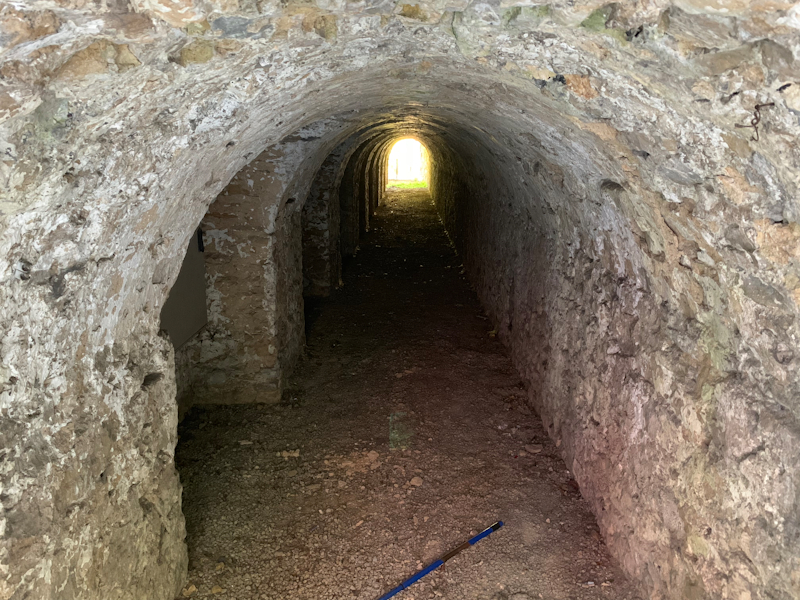
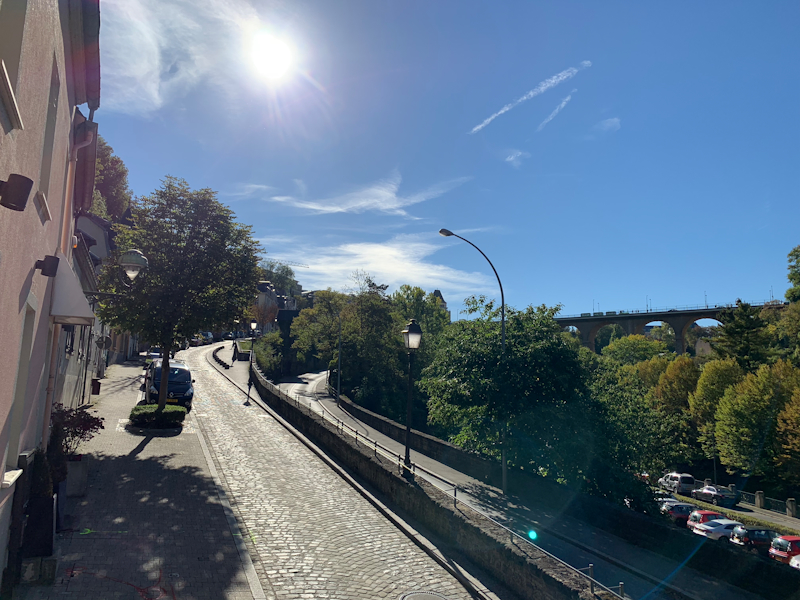
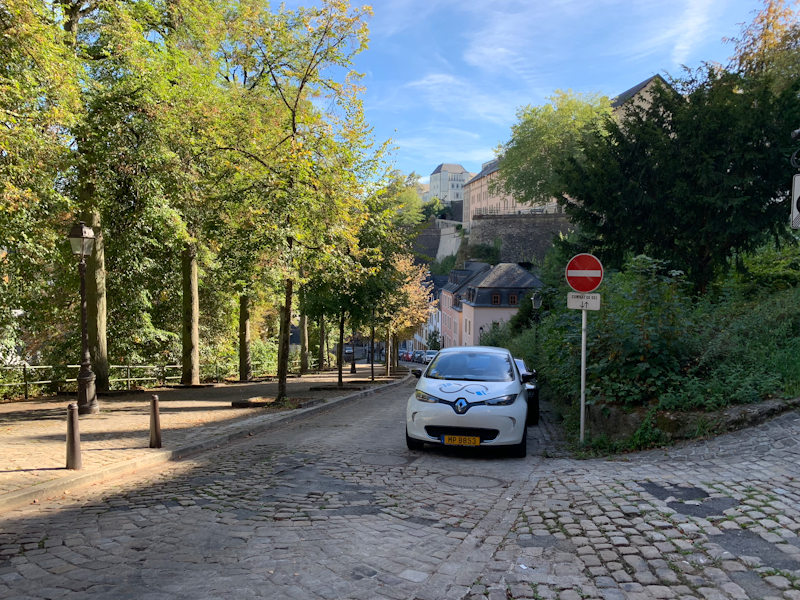
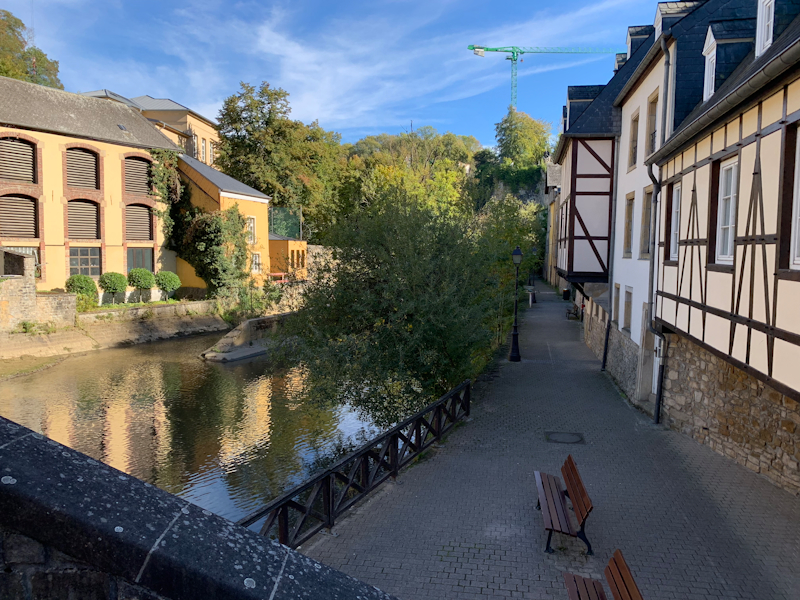
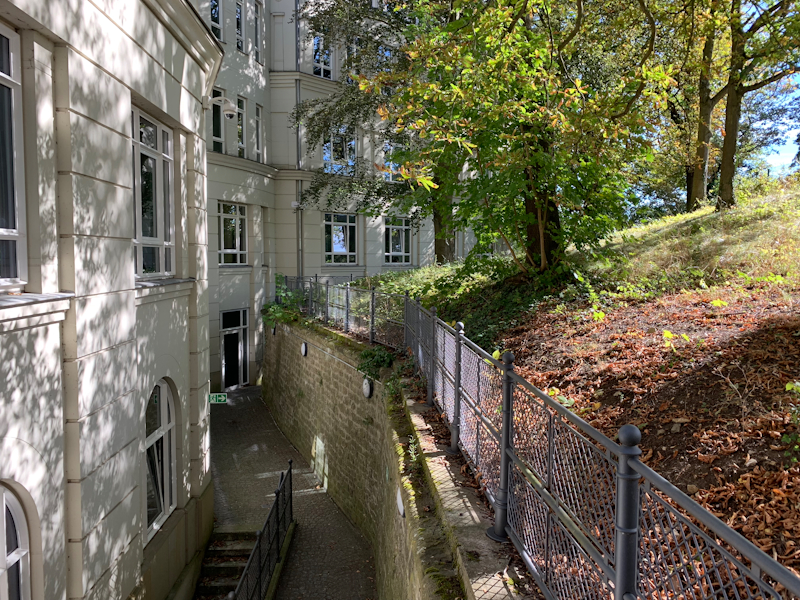
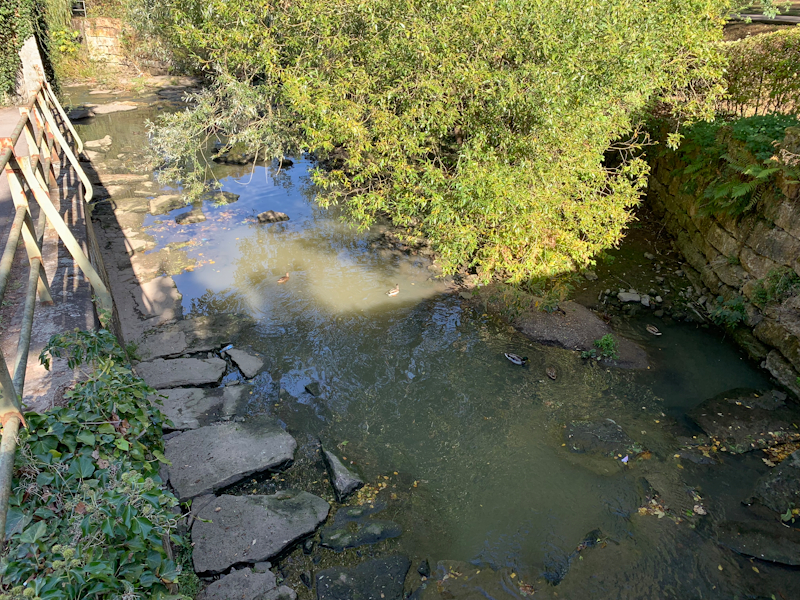
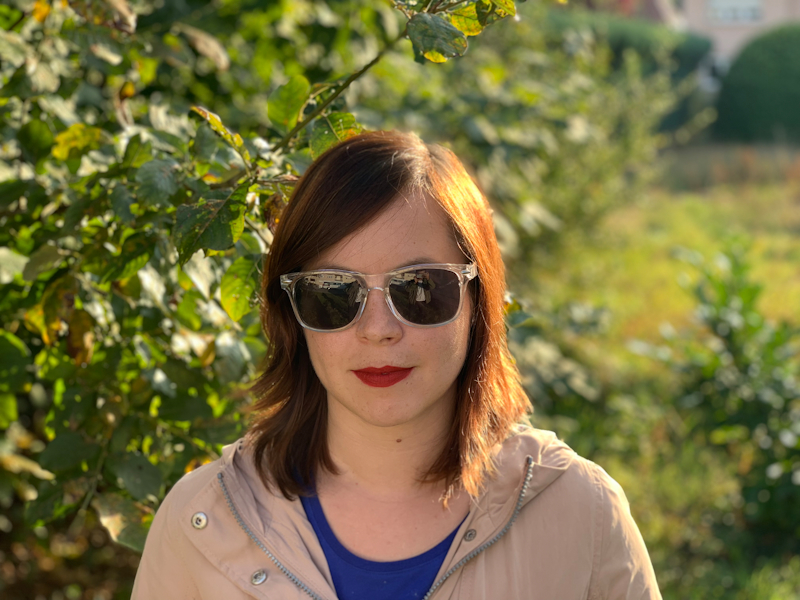








253 Comments
View All Comments
EnzoFX - Friday, October 5, 2018 - link
I switched. Long time nexus user and I feel Google letting the value orientated base behind. It took me saying screw it and paying more for sure, but it has been worth it. Hardware I found lacking and software too since they went t Pixel. Sure on paper it sounded great or fine, but issue after issue would creep up. I never had that many problems with iOS but I feel it's mature enough coming from someone that likes to change settings. The X sold it for me too hardware wise. It was where I saw things going years ago and glad that it's here. (waiting on the Max now however, as I want the real estate!)RSAUser - Saturday, October 6, 2018 - link
Android just doesn't have direct CPU optimization for latency with scrolling.That said, look at phones with Android 8+, that "issue" is pretty much fixed.
For me, most past iOS7 is not really smooth scroll anymore, was one of the first things I noticed back then. There were dropped frames. You'd probably blame hardware though as it was sorted when upgrading to an iPad Air later. Still not a fan of a lot of the UI changes in 11 tbh
tipoo - Thursday, October 18, 2018 - link
I complained about frame drops from iOS7-11, often to crowds of people who would just deny it and say I was seeing things, but Apple addressed it in a WWDC talk and it's much much better in iOS12.I can still notice a frame drop here and there if I'm being picky, but it's vastly improved, I'm guessing 1 frame drop to every 10 on iOS11.
tipoo - Thursday, October 18, 2018 - link
Since the Pixel 1 it felt pretty well as tight as my iPhone on keeping up with my finger imo (though 120hz touch sensing iPhones may have pulled ahead again).id4andrei - Friday, October 5, 2018 - link
So the A12 is basically a Skylake. Also on Anandtech I read that the first ipad pro was almost a Broadwell(like on the 12" MB). Makes sense. A-series powered macbooks surely are in the future.Color management system is again what puts ios above android. Samsung tries with color profiles but it's not a solution. Google fails its ecosystem yet again. Also OpenCL is a mess, no wonder Apple dropped it. It's unreasonable for you to expect Google to throw its weight around it.
The only thing better than A12 is this review. Absolutely SMASHING review Andrei! Your SoC analysis in particular, off the charts awesome; way more descriptive than lowly Geekbench.
tipoo - Thursday, October 18, 2018 - link
Problem then is Google just has no good GPGPU toolchain if they don't get behind OpenCL. What else is there?They did try Renderscript to limited uptake.
tecsi - Friday, October 5, 2018 - link
Andrei,Great work, and a welcome surprise to see these thorough AnandTech reviews return.
I found the photo and video discussions particularly informative and compelling.
Thanks so much for all your hard work and detailed analysis.
Barry
tecsi - Friday, October 5, 2018 - link
Andrei, could you expand on a few camera issues:- Is it correct that the wider video color range is ONLY at 30fps? Why would this be?
- I have always videoed at 60fps, finding 30fps very noticeable with much movement. If this is correct, it seems like this 30fps color improvement only works in a limited number of situations, with very little movement
- Given the A12 performance, why can’t Apple have 480fps or 960fps SloMo like Samsung?
- Finally, with the Neural Engine, will Apple potentially be able to improve the camera system by re-programming this?
Thanks, Barry
Andrei Frumusanu - Friday, October 5, 2018 - link
> - Is it correct that the wider video color range is ONLY at 30fps?Probably the sensor only works at a certain speed and the HDR works by processing multiple frames. Btw, it's wider dynamic range, not colour range.
> Given the A12 performance, why can’t Apple have 480fps or 960fps SloMo like Samsung?
Likely the sensor might be missing dedicated on-module DRAM - which seems to be a requirement for those high framerates.
> - Finally, with the Neural Engine, will Apple potentially be able to improve the camera system by re-programming this?
They can improve the camera characteristics (choice of exposure, ISO, etc) but I find it unlikely they'll get into things that actively improve image quality - that's something next-gen.
s.yu - Monday, October 8, 2018 - link
The on-module DRAM reduces SNR, AFAIK.